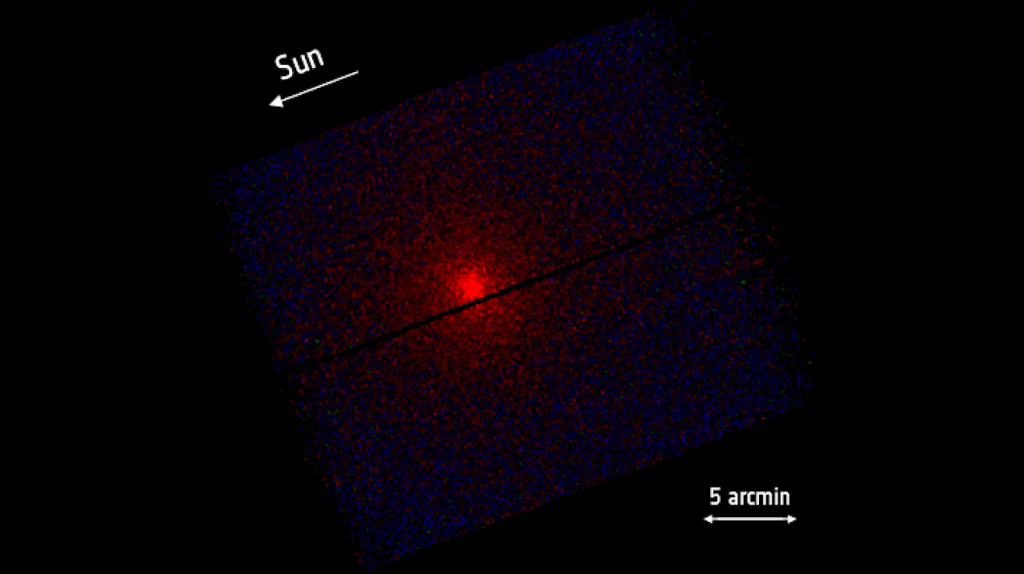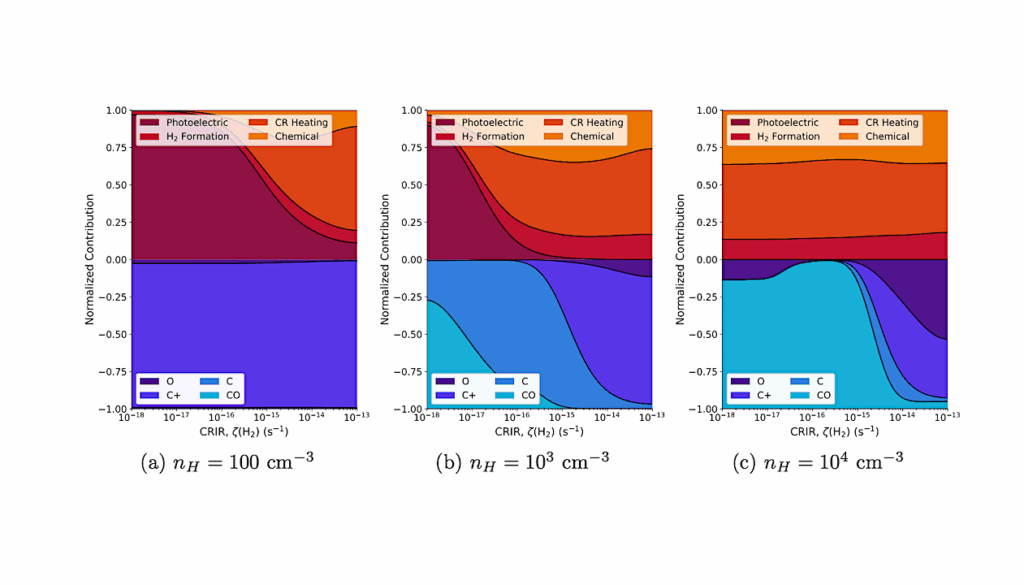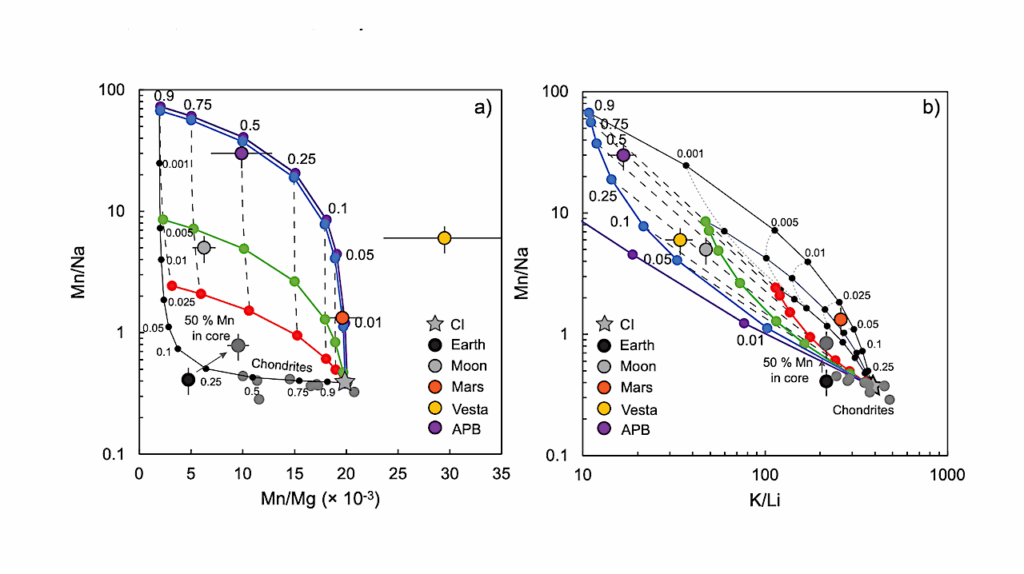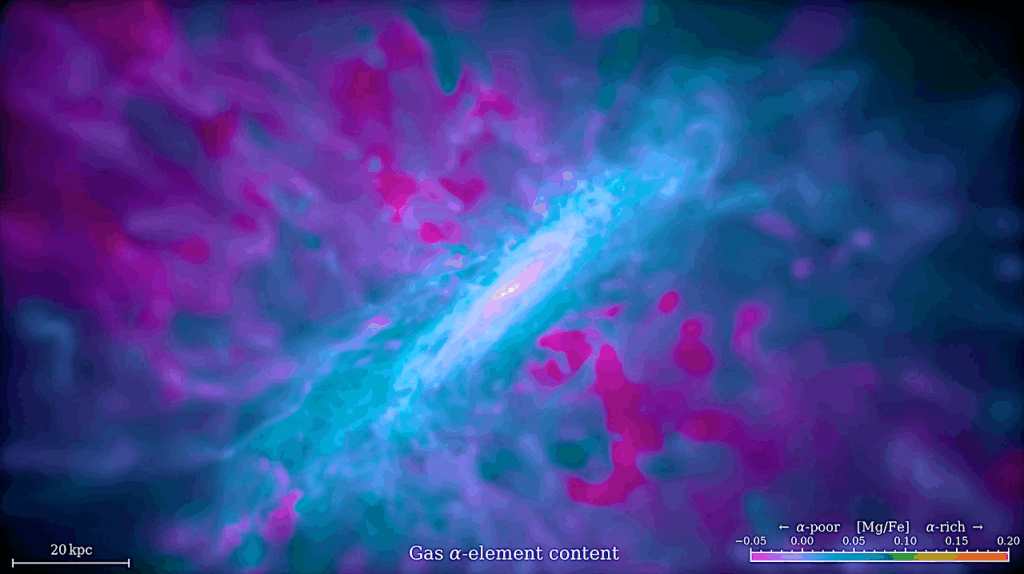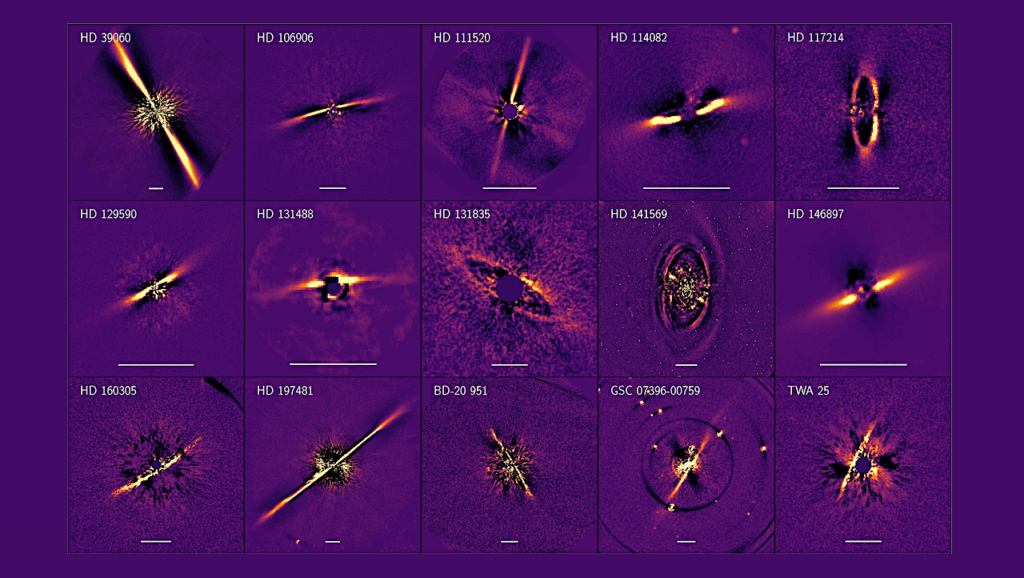Formation of S-bearing Complex Organic Molecules In Interstellar Clouds Via Ice Reactions With C2H2, HS, And Atomic H

The chemical network governing interstellar sulfur has been the topic of unrelenting discussion for the past decades due to the conspicuous discrepancy between its expected and observed abundances in different interstellar environments.
More recently, the astronomical detections of CH3CH2SH and CH2CS highlighted the importance of interstellar formation routes for sulfur-bearing organic molecules with two carbon atoms. In this work, we perform a laboratory investigation of the solid-state chemistry resulting from the interaction between C2H2 molecules and SH radicals — both thought to be present in interstellar icy mantles — at 10 K.
Reflection absorption infrared spectroscopy and quadrupole mass spectrometry combined with temperature-programmed desorption experiments are employed as analytical techniques. We confirm that SH radicals can kick-start a sulfur reaction network under interstellar cloud conditions and identify at least six sulfurated products: CH3CH2SH, CH2CHSH, HSCH2CH2SH, H2S2, and tentatively CH3CHS and CH2CS. Complementarily, we utilize computational calculations to pinpoint the reaction routes that play a role in the chemical network behind our experimental results.
The main sulfur-bearing organic molecule formed under our experimental conditions is CH3CH2SH and its formation yield increases with the ratios of H to other reactants. It serves as a sink to the sulfur budget within the network, being formed at the expense of the other unsaturated products. The astrophysical implications of the chemical network proposed here are discussed.
Julia C. Santos, Joan Enrique-Romero, Thanja Lamberts, Harold Linnartz, Ko-Ju Chuang
Comments: 9 figures, 2 pages, Accepted for publication in ACS Earth and Space Chemistry on July 5th 2024
Subjects: Astrophysics of Galaxies (astro-ph.GA); Solar and Stellar Astrophysics (astro-ph.SR)
Cite as: arXiv:2407.09730 [astro-ph.GA] (or arXiv:2407.09730v1 [astro-ph.GA] for this version)
https://doi.org/10.48550/arXiv.2407.09730
Focus to learn more
Related DOI:
https://doi.org/10.1021/acsearthspacechem.4c00150
Focus to learn more
Submission history
From: Julia C. Santos
[v1] Sat, 13 Jul 2024 00:28:00 UTC (440 KB)
https://arxiv.org/abs/2407.09730
Astrobiology, Astrochemistry,


